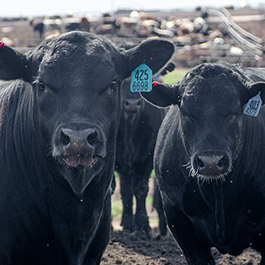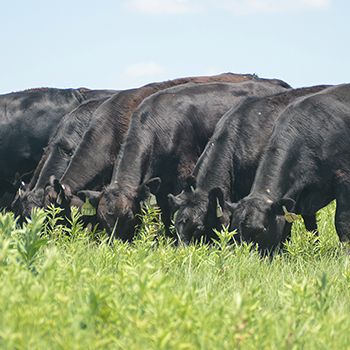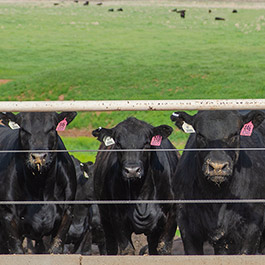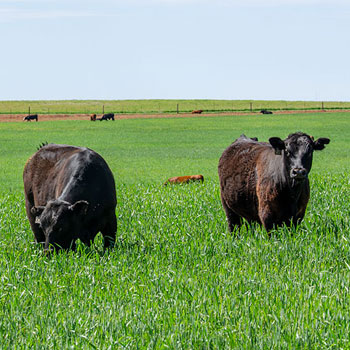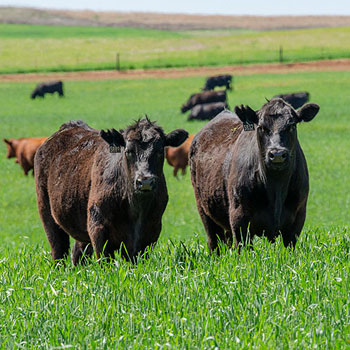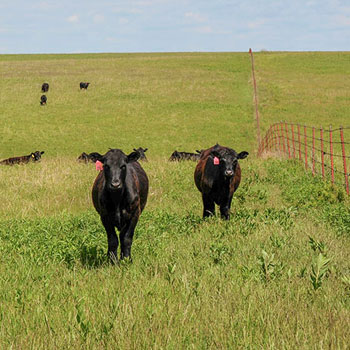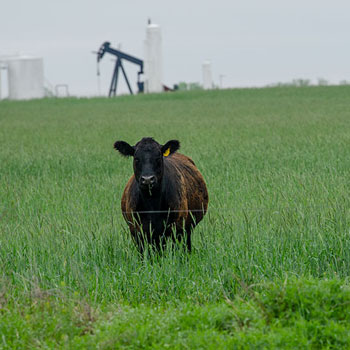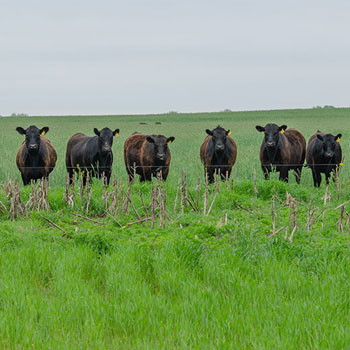
A Prickly Situation
Cactus moth now in Texas, eating prickly pear cactus, a vital weed needed by livestock during drought.
Prickly pear cactus has its detractors. Long hated for its clusters of barbed spines, or glochids, that are difficult to remove, it has been cursed, hacked, burned and sprayed.
Prickly pear is also used by a variety of wildlife and cattle and is prized as a part of the Mexican-American diet. There is even a small industry devoted to rearing insects, called cochineal scale, that feed exclusively on prickly pear. These scales produce a vivid red dye, called cochineal or carmine, sometimes used as a natural coloring agent in cosmetics and beverages.
Prickly pear invaders
A small moth called Cactoblastis cactorum, or cactus moth, poses a new threat to the ecological stability of prickly pear in Texas. The cactus moth is a predator of prickly pear in its native home of Argentina. It was distributed by humans into the Caribbean in 1959. Since then, it has expanded its territory slowly through Cuba, Florida and, most recently, Louisiana and Texas.
The reliable weed
There are more than 100 species of prickly pear native to the Americas, and most are not considered pests. Though ranchers may curse prickly pears as “weeds,” they also rely on them to provide emergency food for cattle during times of drought. In addition, many insect and vertebrate species rely on different kinds of prickly pears for food and shelter. Despite our sometimes love-hate relationship, many Texans view the various prickly pear species as valuable native plants.
Cactus moth now found in Texas
The bad news is that cactus moth has now become established and is spreading in Texas. According to reports, the moth appears to have leapfrogged over the Houston area into Brazoria County and is now established as far south as Mad Island, east of Victoria. According to Robert Vines’ book, Trees, Shrubs and Woody Vines of the Southwest, more than 50 native species of prickly pear can be found in Texas and surrounding states. It is not certain how many of these species might ultimately be affected by the new insect invader.
The problem with invasive species is that natural control agents are often left behind in their country of origin. When this occurs, the invading species is free of ecological restraints to reproduction. This seems to be the case with the cactus moth. Its effect on prickly pear is much worse here than in its native home.
Entomologists hope that a tiny Argentine wasp, Apanteles opuntiarum, might be enlisted in the struggle to preserve native prickly pear. The wasp parasitizes its host by inserting eggs into the body of the caterpillar with its long ovipositor. The wasp eggs then hatch and begin devouring the caterpillar from the inside. Research is being conducted to learn how to rear this tiny parasitic wasp and learn whether it might be safe to release into Texas.
Editor’s note: Michael Merchant is an urban entomologist for Texas A&M AgriLife Extension Service.

